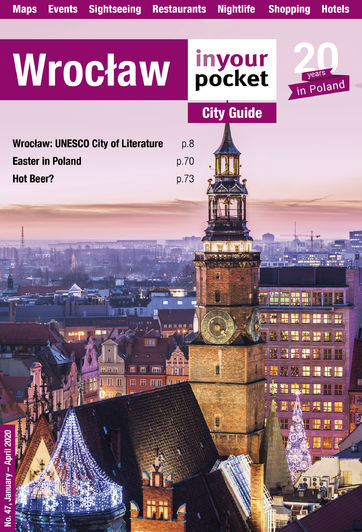Aleksander Fredro
more than a year agoMany examples of his wit have found their way into the Polish lexicon, and it’s not uncommon to hear his words interjected into everyday conversation: Niech sie dzieje wola nieba z nią się zawsze zgadzać trzeba ('Do as the heavens wish, for you’ll always need to agree with them') being one such example.
But just why is Fredro relevant to Wrocław? In a nutshell, he isn’t really. The statue, designed by Leonard Marconi, originally stood in Lviv, the city which Fredro dedicated so much of his time to. As we know after the war Lviv was ceded to Ukraine, and many of its Polish inhabitants migrated westwards to Wrocław. Like so many of their cultural treasures the Fredro statue accompanied them, albeit following a four year stint housed in a Warsaw stable. The hold-up was understandable; in the post-war chaos and bureaucracy it took two years alone for the city elders to decide where to position Fredro. In the end they went with one of the most high-profile stations imaginable - smack on the Rynek in front of Town Hall. Fredro's appearance there prompted one magazine to proclaim in horror that he ‘looked like a vagrant outside a church.' Today his displaced figure is one of the symbols of Wrocław, his adopted city. Like so many who adopted Wrocław as their home, it's a fitting metaphor, no?



Comments